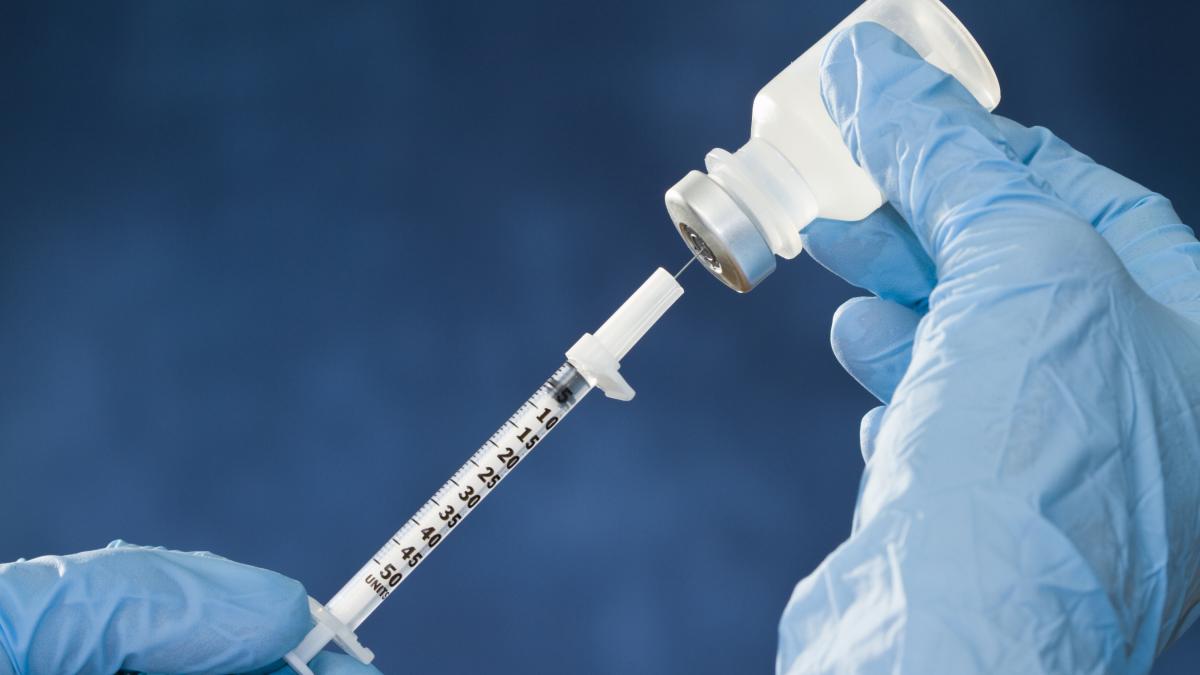In addition to generally inducing a more robust immune response than disease, vaccines also have significantly lower rates of side effects than medicines used to treat the same conditions.
Vaccines are preferable to diseases, because “without a doubt, they are safer than diseases”, emphasizes the Romanian virologist, who also gives some examples of the sequelae and consequences of infection with various viruses, some of which seem trivial.
-
“We have diseases whose mortality is really high: hemorrhagic fevers (Ebola, Marburg, Lassa, Crimean fever, Congo, etc.) cause a mortality of over 50%.
-
Apart from the eventuality of deaths, there are diseases that are obviously debilitating: polio causes paralysis to a huge number of survivors; measles can cause brain damage (demyelination); mumps virus can cause impotence; all eruptive viruses can cause skin lesions that will heal and leave marks for the rest of your life; Zika, cytomegalovirus and rubella induce a high frequency of birth defects; other viruses, such as Chikungunya, cause arthritis.
– There are diseases that can aggravate intercurrent conditions: patients with pulmonary fibrosis or other chronic lung diseases should avoid respiratory inflammatory episodes (ie respiratory viruses, in general) as much as possible, because they are aggravated by fibrosis;
– Some viruses are associated with cancers (papillomaviruses), so that vaccines prevent cancer in these situations “, exemplifies Professor Apetrei, on Facebook.
The “romantic” virus that causes cancer and multiple sclerosis
Another example of a virus that can have very serious consequences is Epstein-Barr virus (EBV). According to Dr. Marius Geantă, president of the Center for Innovation in Medicine, EBV is one of the most widespread viruses, being carried by 95% of adults, most often without knowing it.
“EBV has a romantic side, though, and it deserves more attention: infection with it causes the so-called ‘kiss disease’ (scientifically, infectious mononucleosis). In general, the disease passes quickly, without complications, but the virus remains in the body, as I said, and begins the challenge game with the immune system. If the immune system is compromised, cancers such as Burkitt’s lymphoma (a rare but very aggressive form of cancer) can quickly develop. If the immune system works well, most people will never know that they have EBV. But there is a category of people who have chronic EBV and develop neurological symptoms, but only recently has a study been able to demonstrate the causality between Epstein Barr virus infection and the appearance of multiple sclerosis “, explained Dr. Geantă, on his page.
More robust immune response
In addition to being safer than going through the disease, “vaccines also induce a more robust immune response,” says Prof. Cristian Apetrei, citing papillomavirus, tetanus and pneumococcal vaccines as examples. At the same time, the immune response obtained through vaccines can be standardized: “A certain person can choose when to immunize. For example, a person who is going to go to a region endemic for Denga can get a preventive vaccine. The same goes for yellow fever. Or a hunter walking in a forest with mad foxes. ”
Also, while natural immunization produces responses of varying intensity, depending on the intensity of the disease, or the state of the immune system, vaccines are designed to produce the most significant immune response (balanced in both directions), with minimal side effects. “Typical example: viral hepatitis B. Insufficient immune response to disease leads to chronicity; The hyper-immune response to the disease is also harmful. Immunization with the subunit vaccine has solved all these problems. “
Drugs, more side effects than vaccine
Another pro-vaccine argument is that they “have a cost-benefit ratio unmatched by any other medical intervention.” “Just think of what was going on around the world in the 1950’s and how the polio vaccine helped release hospitals, prevent the cost of sequelae. The same goes for smallpox, or for other conditions “, states the virologist.
The potential side effects of vaccines have been claimed by many vaccinators for many years, but discussions on this topic intensified during the coronavirus pandemic, with the advent of new types of vaccines, such as messenger RNA. However, Prof. Apetrei points out that vaccines have significantly lower rates of side effects than the effects of drugs used to treat the same conditions.
Regarding the safety of vaccines, the virologist says that mRNAs do not even contain adjuvants and preservatives, like other vaccines: “mRNA vaccines do not have adjuvants. Instead of the stabilizer, the mRNA is wrapped in a lipid layer, a few salts and a sugar (which forms the nanoparticle). Only someone who really doesn’t know what that is can tell you that these formulas are risky for your health. Because it is kept at very low temperatures, the mRNA vaccine does not need a preservative either. ”
“The disease is always a risky issue. The vaccine is safe and has minimal side effects. Don’t go after all the servers that will tell you that Horia, Cloșca and Crișan also died due to the side effects of the anti-COVID vaccination “,
says Prof. Dr. Cristian Apetrei.
Millions of people with post-COVID sequelae
Worldwide, more than 5,566,000 people have died from COVID since the beginning of the pandemic, according to worldometers.info, and about 270,000,000 have passed the acute phase of the disease.
A meta-analysis of more than 250,000 COVID survivors revealed that more than half (54%) of them experienced at least one post-COVID sequelae, and the frequency of sequelae was similar at one month and 6 or more. many months. The most common sequelae were lung abnormalities (62.2%), difficulty concentrating (23.8%), general functional impairment (44%), fatigue / weakness (37.5%), generalized anxiety (29.6%) ). Other, rarer symptoms were cardiac, dermatological, digestive, ENT.
Another study, says Prof. Apetrei, “reported that the need for lung transplantation due to massive post-COVID fibrosis may reach about 1.5 million in the United States alone.”
–


